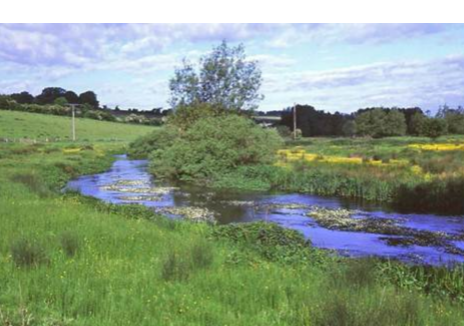Priority river (including streams) and lake habitats are defined at UK level, with responsibilities for their conservation devolved to country-level (England, Wales, Scotland and Northern Ireland). A full list of UK definitions of priority habitats is provided here, along with further explanation of the UK’s commitments. The original UK Biodiversity Action Plan has been superseded by individual delivery strategies in the different parts of the UK. The strategy covering 2010-20 was called Biodiversity 2020. DEFRA is currently working on a strategy for 2020-30.
UK definitions
Rivers
When UK priority habitats were originally defined only one river habitat was included – chalk rivers. In 2008 and following extensive consultation, other river types were included in an expanded priority river habitat definition; headwater streams, active shingle rivers and watercourses with Ranunculion Fluitantis and Batrachion vegetation (Habitats Directive river habitat H3260). In addition, under the revised definition any river or stream containing a priority species became eligible to be considered as priority river habitat. The combination of these changes greatly extended the scope of priority river habitat, effectively encompassing the entire river and stream network.
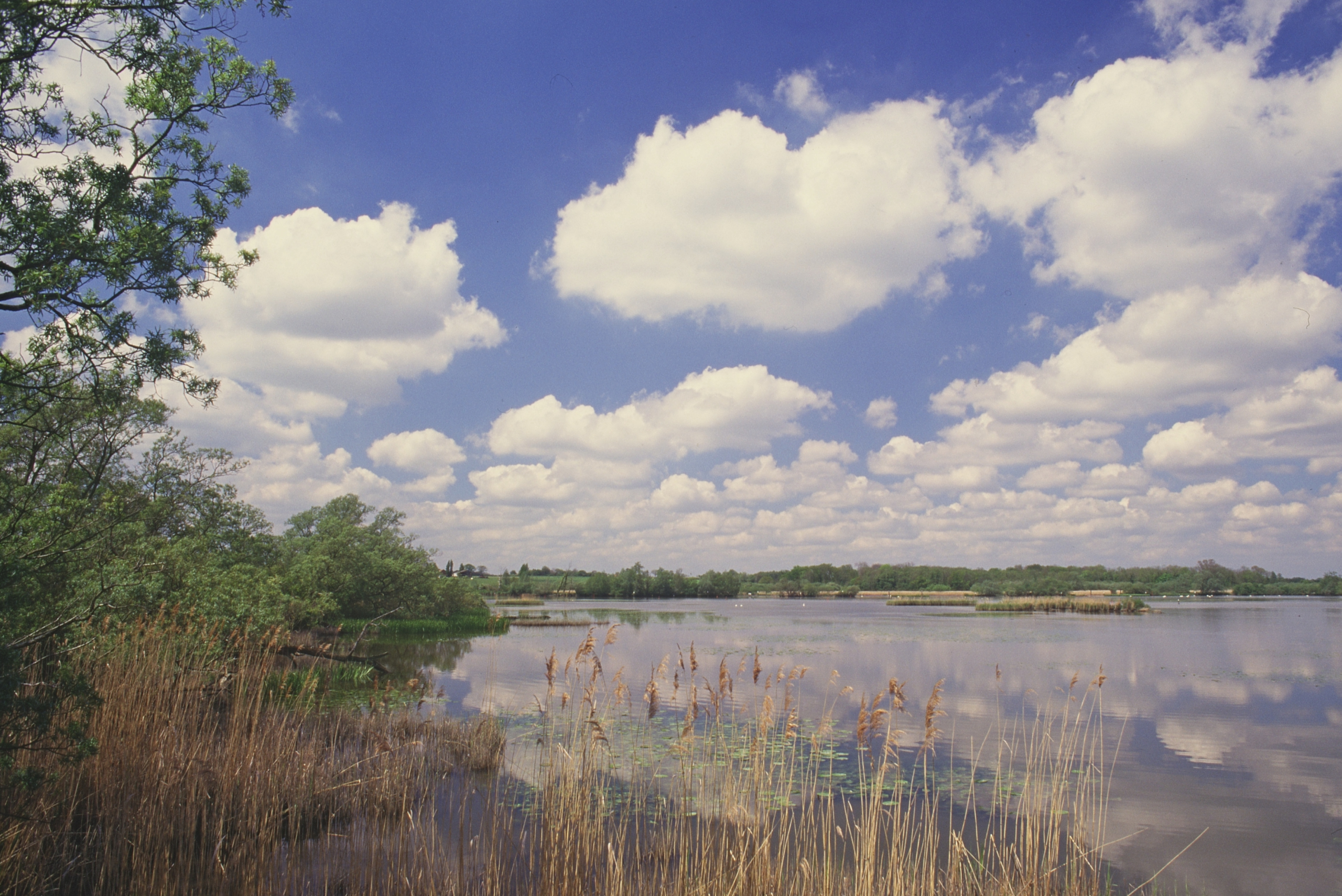
Lakes
Oligotrophic and dystrophic lakes, mesotrophic lakes, eutrophic standing waters and aquifer-fed naturally fluctuating water bodies are all specific priority habitat types. As with priority river habitat, this effectively means that the entire lake network is encompassed by the UK priority habitat definition.
Ponds are also a priority habitat type, but are not dealt with on this webpage – see the Freshwater Habitats Trust webpage for information on priority pond habitats. Generally, if a water body is larger than 2 hectares it is considered a lake, whereas if it is smaller it is considered a pond – in reality, the cut-off is not strictly applied so there is overlap in the treatment of small lakes and large ponds.
Ecological rationale for conserving priority freshwater habitats in England
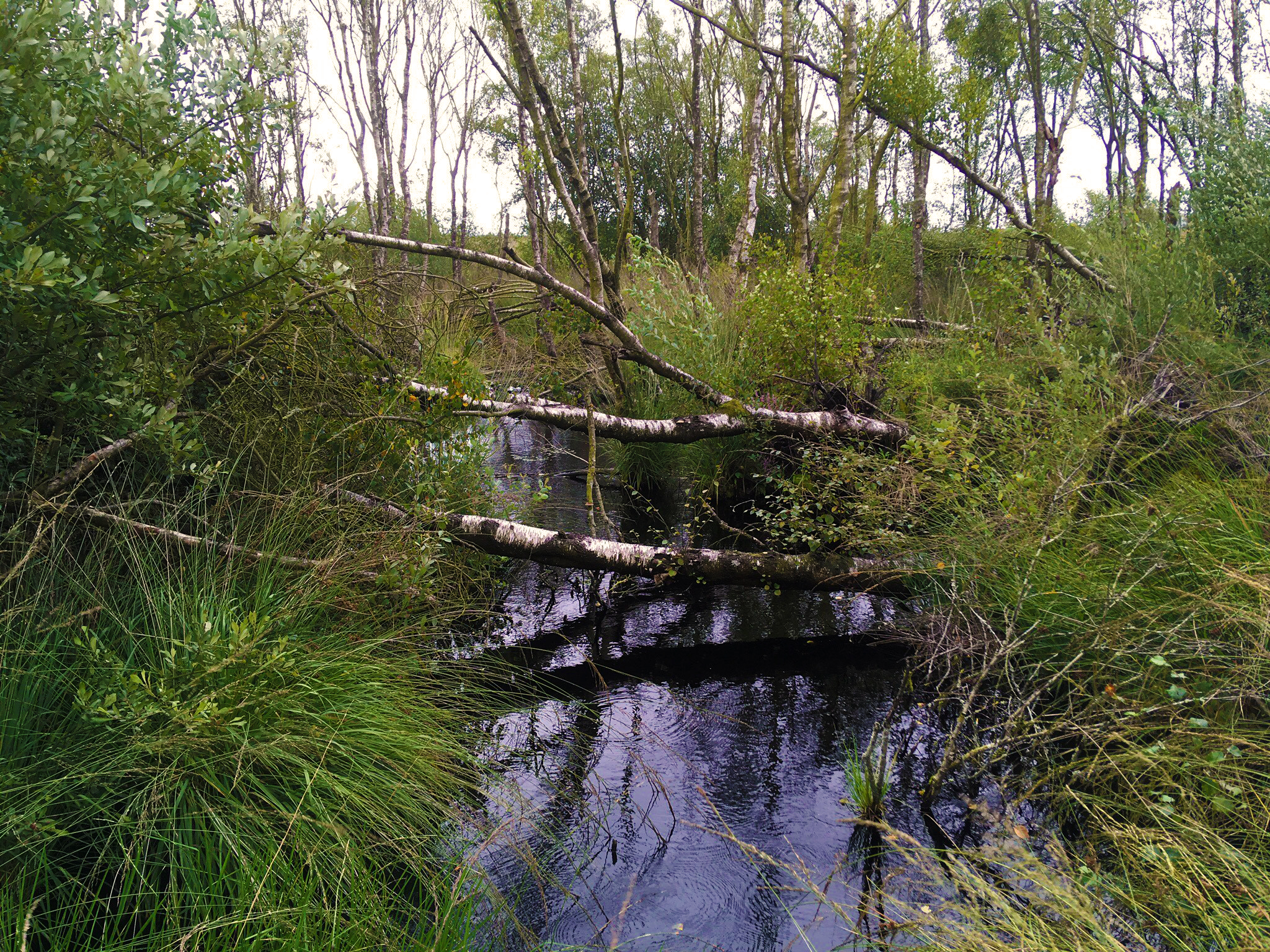
Natural ecosystem function, based on natural hydrological, chemical, physical and biological processes, generates diverse, sustainable and resilient freshwater ecosystems in which our freshwater wildlife can thrive. All of our native freshwater species have evolved to exploit niches in naturally functioning rivers, streams, lakes and ponds. Naturally functioning freshwater habitats can also support our wetland habitats and species, and help provide the connectivity they need.
The concept of natural ecosystem function has strong synergies with the objectives of the Water Framework Directive (the European legislation covering management of the water environment), as well as freshwater habitat objectives for specially protected sites (Special Areas of Conservation, notified under the European Habitats Directive and Sites of Special Scientific Interest, notified under UK law).
Further explanation of the biodiversity importance of natural 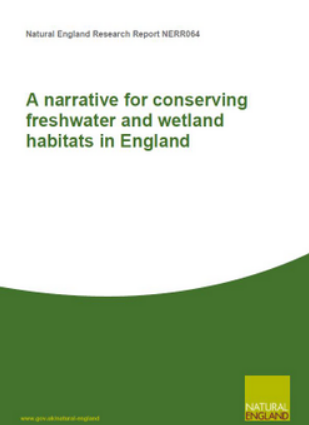 ecosystem function in freshwaters, and the role of priority habitats in protecting and restoring natural function, can be found in this freshwater and wetland habitat narrative. This narrative is in line with Natural England’s rationale for conserving Special Areas of Conservation and Sites of Special Scientific Interest notified for their freshwater habitat. It has also been used as the basis of biodiversity guidance for restoring the ecological status of water bodies under the Water Framework Directive.
ecosystem function in freshwaters, and the role of priority habitats in protecting and restoring natural function, can be found in this freshwater and wetland habitat narrative. This narrative is in line with Natural England’s rationale for conserving Special Areas of Conservation and Sites of Special Scientific Interest notified for their freshwater habitat. It has also been used as the basis of biodiversity guidance for restoring the ecological status of water bodies under the Water Framework Directive.
Protecting the best and restoring the rest
The overall aim is to protect our most natural remaining examples of freshwater habitats, whilst restoring as much natural function as possible to the rest of the freshwater habitat resource.
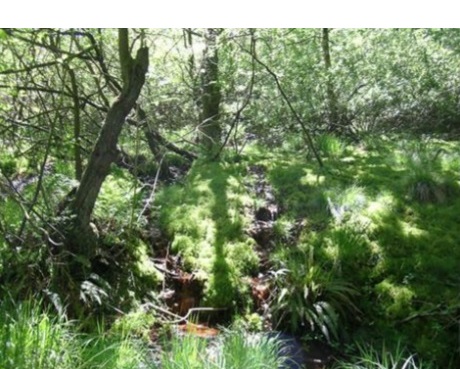
Our most naturally functioning freshwater habitats are those with:
- Water chemistry that is not impacted by pollution;
- Natural morphology and dynamic physical processes shaping habitat mosaics;
- A natural hydrological regime not impacted by abstraction, diversion, effluent discharge, drainage and impoundments;
- Natural biological assemblages with a lack of invasive non-native species or other direct biological manipulations such as fish species removals and stocking.
Standing waters of artificial origin can still function naturally and consequently can still be considered naturally functioning if they possess the characteristics above.
In recent years Natural England has led strategic work to rationalise the application of the priority habitat mechanism to rivers/streams and lakes.
- Priority habitat maps have been generated that highlight our most naturally functioning sites, to ensure there is sufficient conservation focus on them.
- Maps of restoration priorities are being developed for the wider river/stream and lake habitat resource, to help target funding at locations with the greatest potential and need for restoring higher levels of natural ecosystem function.
- Maps of individual river and lake types are being used to ensure there is sufficient understanding of their spatial distribution and sufficient attention is paid to their conservation.
- A strategic framework for assessing the natural functioning of the freshwater habitat resource and its individual habitat types is being developed to drive action, allowing strategic targets to be set and progress to be monitored and reported.
What difference does being labelled ‘priority habitat’ make?
The priority habitat designation is an important categorisation for protecting and restoring biodiversity at a site. It provides a means of targeting conservation action beyond the protected SSSI series, and for water-related ecosystems, it adds weight, biodiversity ‘substance’, and direction to water management planning processes associated with protecting and restoring ecological status.
- The priority habitat maps for river/streams and lakes are used by Natural England, the Environment Agency and planning authorities to highlight where decision-making need to protect our most naturally functioning sites.
- Maps of restoration priorities are intended to assist in the spatial targeting of resources for nature recovery, water improvements and achieving net zero, helping to seize the best opportunities for restoring more natural ecosystem function in landscapes.
- Allocating a river, stream or lake to a specific type included in the definitions of priority habitat (for instance chalk river/streams or mesotrophic lakes) makes it part of the habitat resource of that type. This provides additional recognition, as well as inclusion in strategic assessments of and targets for the habitat resource.

